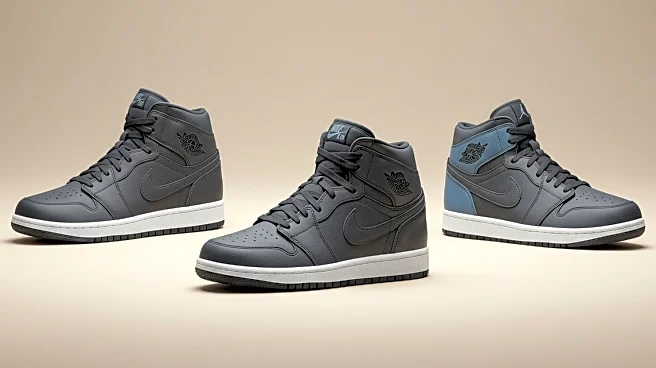What's Happening?
Brooks Running has announced a 19% year-over-year increase in global revenue for the second quarter, marking an all-time quarterly high for the second consecutive quarter. The company attributes this growth to a 16% rise in premium footwear sales in the U.S. and a 13% increase in North American sales, driven by customers in the U.S. and Canada. Brooks Running introduced eight new footwear styles in the second quarter, resulting in a 28% surge in unit growth for these styles. The brand also highlighted the success of its Disney-themed performance running shoes, which sold out quickly and generated record hourly e-commerce revenue.
Why It's Important?
Brooks Running's financial performance is notable given the current economic uncertainty affecting the footwear industry. The company's ability to achieve record sales figures suggests strong consumer demand for its products, particularly in the premium segment. This growth comes at a time when other footwear brands, like Adidas, are facing challenges due to U.S. tariffs, which are expected to impact product costs significantly. Brooks Running's success may provide insights into consumer preferences and spending habits, especially as shoppers begin to pull back on spending for certain types of footwear.
What's Next?
Brooks Running's continued focus on innovative product offerings and strategic partnerships, such as the Disney collaboration, may help sustain its growth momentum. The company will likely continue to adapt to the dynamic business environment, leveraging its global business model and customer-first approach. As the footwear industry navigates tariff impacts and changing consumer spending patterns, Brooks Running's strategies could serve as a model for other brands seeking to maintain growth.
Beyond the Headlines
The success of Brooks Running's Disney-themed footwear highlights the potential for brands to leverage popular culture and strategic partnerships to drive sales. This approach not only boosts revenue but also strengthens brand loyalty and consumer engagement. As the industry faces economic challenges, such creative marketing strategies may become increasingly important for maintaining competitive advantage.











